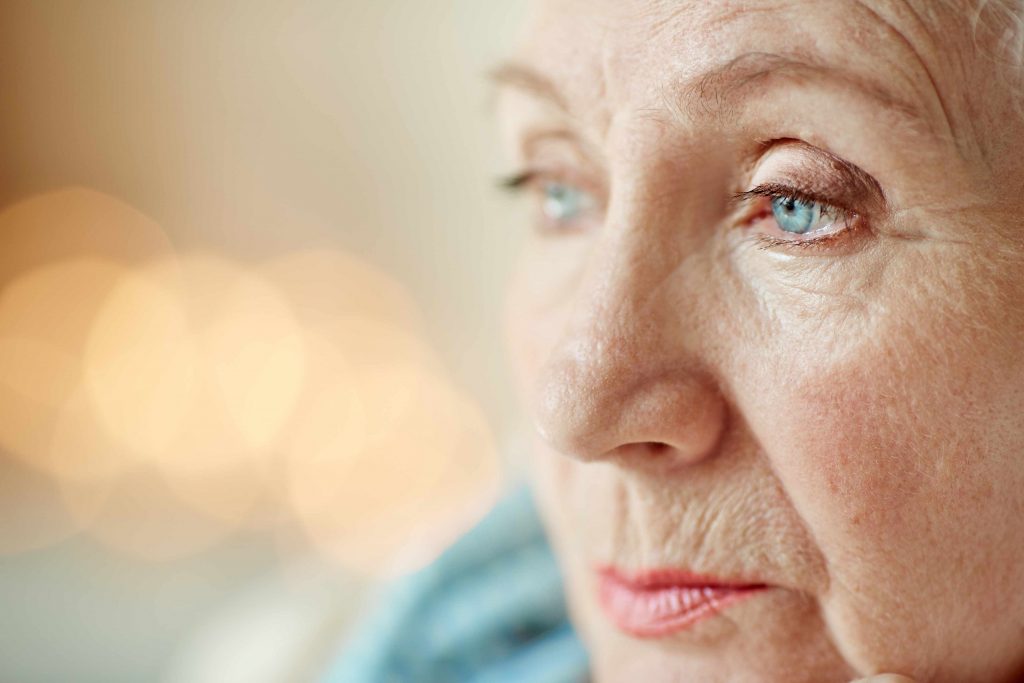 DEAR MAYO CLINIC: My eyes have gotten drier as I’ve gotten older, and I’ve tried eye drops for relief. But some eye drops feel irritating, and others seem to have a rather thick consistency. What options do I have?
DEAR MAYO CLINIC: My eyes have gotten drier as I’ve gotten older, and I’ve tried eye drops for relief. But some eye drops feel irritating, and others seem to have a rather thick consistency. What options do I have?
ANSWER: Dry eyes occur when your tears — a mixture of water, fatty oils and mucus — aren't able to provide enough lubrication for your eyes. This can happen because your eyes don't make enough tears or if your tears are poor quality. Aging is a common cause of dry eyes, but certain medical conditions and some medications also can result in dry eyes.
Some people with dry eyes find relief without buying any special treatments or eye drops. One option is to apply warm compresses to the eyes. You can use a warm washcloth or a heated beaded mask, and apply to the eyes for 10 minutes. Then, gently wash your eyelashes and eyelids using watered-down mild shampoo.
By unplugging any plugged oil gland pores on the eyelid margins, oil from the eyelid can freely glide over the surface of your eye to form a protective layer — much like a sheen of oil sometimes can be seen in parking lot puddles after rain. This can take a few days to benefit you, and it keeps your tears from evaporating so quickly.
If warm compresses and lid scrubs don’t work, you may consider using eye drops. Avoid eye drops that state they will reduce redness, as prolonged use of this type of eye drops can cause irritation. Instead, use artificial tears. Some contain preservatives to prolong shelf life, but these can cause eye irritation if used more than four times a day. For more frequent use, try preservative-free eye drops. These come in packages of multiple single-use vials. After you use a vial, you throw it away.
Lubricating eye ointments have a thicker consistency. They coat your eyes, providing longer-lasting relief from dry eyes. Since these products can blur your vision temporarily, they are best used just before bedtime.
If nonprescription eye drops aren’t helping, talk to your eye doctor. Sometimes, an underlying problem, such as Sjögren’s syndrome or rosacea, may need to be treated first. If a medication you take for another condition is causing your dry eyes, your doctor can discuss whether changing your prescription might help.
If an inflammation on the surface of your eyes is causing your dry eyes, it may be possible to control it with prescription eye drops that contain the immune-suppressing medication cyclosporine (Restasis). This medication may require several months of regular use before symptoms improve.
The U.S. Food and Drug Administration recently approved a new kind of eye drop solution, lifitegrast (Xiidra), which may work a little faster than cyclosporine. Lifitegrast also works to decrease surface inflammation, although in a different way than cyclosporine.
Other options that may provide relief from dry eyes are available, as well. Examples include tear duct plugs to keep tears from draining out, dissolvable eye inserts, other medications and select procedures to help increase moisture in your eyes. Sometimes, even special types of eyewear may help reduce dryness from outside air.
Talk with your doctor to determine the cause of your dry eyes. He or she can recommend a treatment that is right for your situation. (adapted from Mayo Clinic Health Letter) — Dr. Thelma Barnes, Ophthalmology, Mayo Clinic, Phoenix
Related Articles







